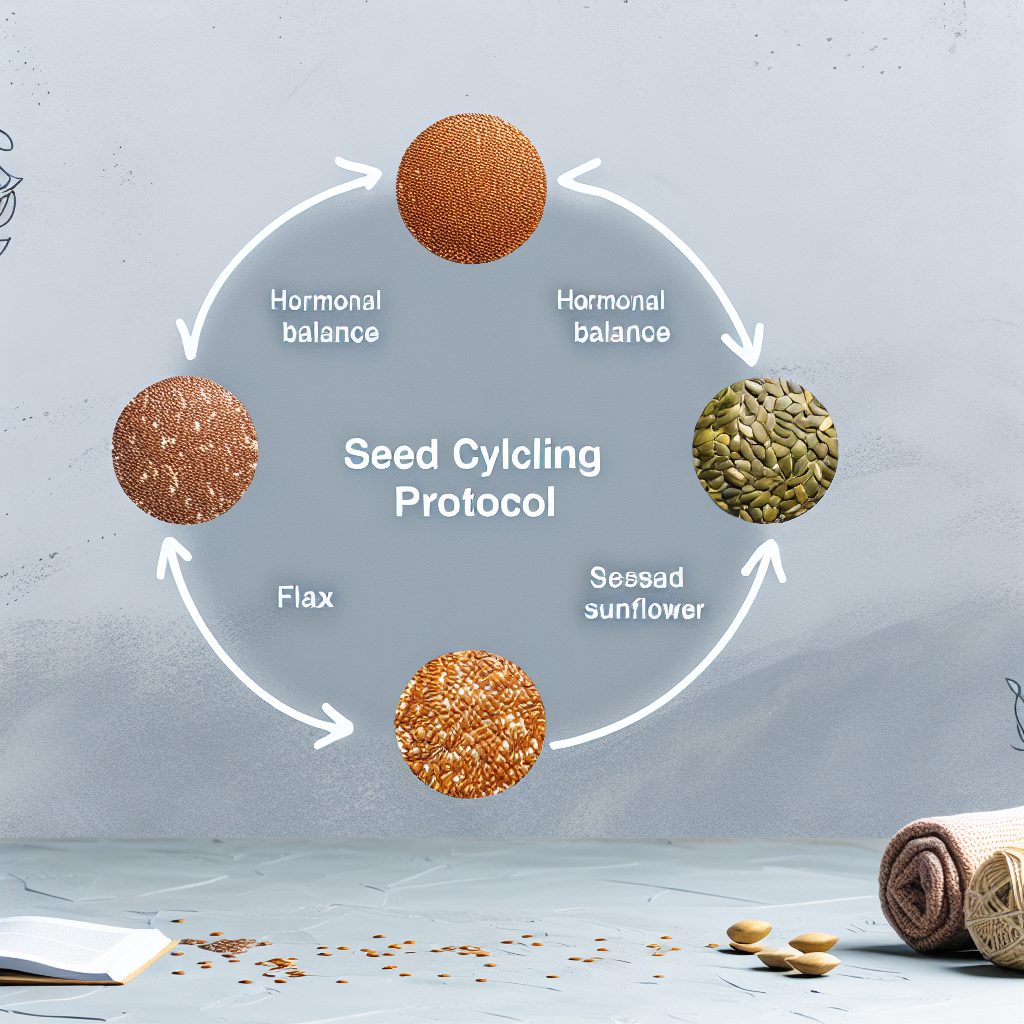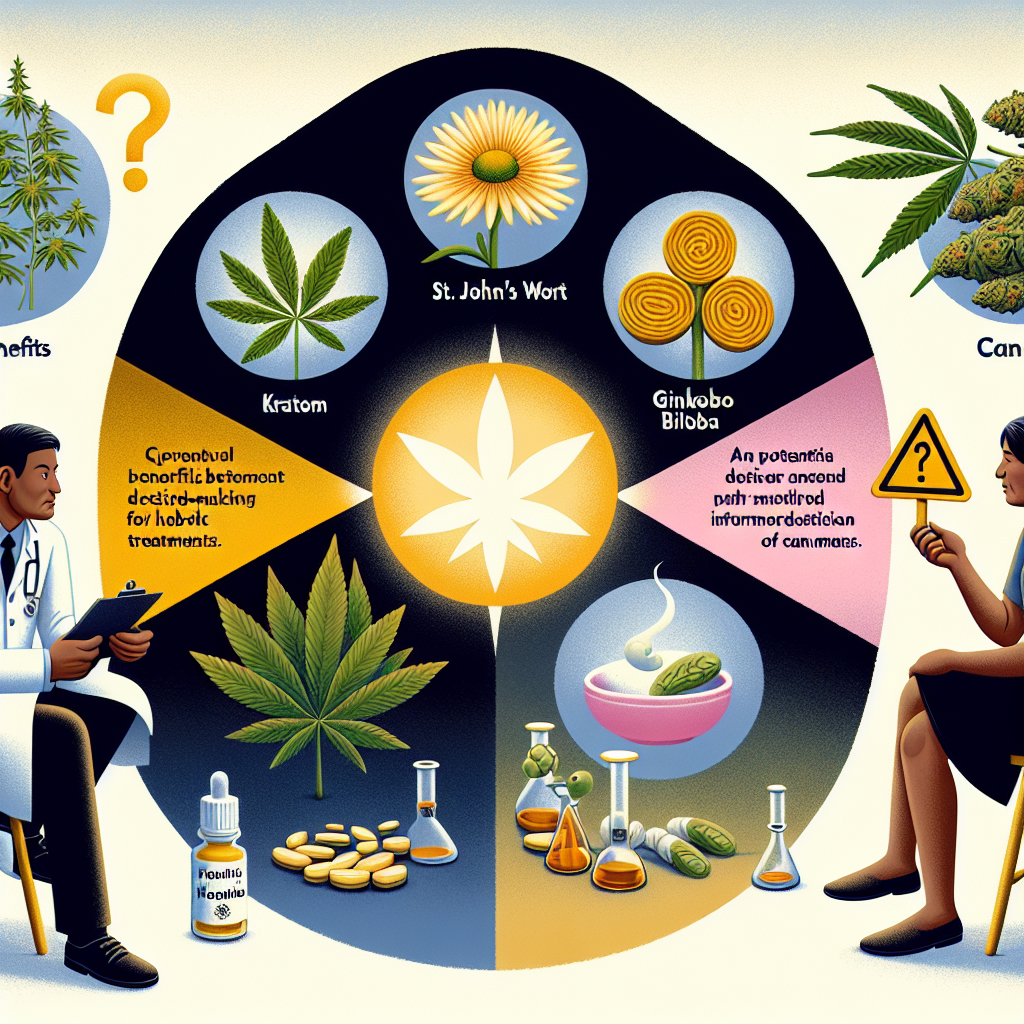Seed Cycling Protocol: Hormonal Balance Through Strategic Seed Consumption
Introduction: Restore Balance Naturally with the Power of Seeds
In the realm of natural and holistic health, seed cycling has emerged as a powerful yet gentle protocol designed to support hormonal balance in women. With hormonal imbalances being a common concern—manifesting in issues such as irregular periods, PMS, acne, mood swings, or more serious conditions like PCOS and infertility—many are on a quest for non-invasive, natural remedies that promote endocrine health without side effects. Among those remedies, seed cycling has gained popularity for its simplicity, affordability, and purported efficacy.
Seed cycling is the practice of consuming specific seeds during different phases of the menstrual cycle to promote hormonal balance. It focuses primarily on four seeds: flax, pumpkin, sesame, and sunflower. These seeds are nutrient-dense and contain lignans, essential fatty acids, vitamins, and minerals that may aid the body’s natural hormonal rhythm. The method aligns with the two main phases of the female menstrual cycle— the follicular and luteal phases—and aims to support the body in producing the right hormones at the right levels during each.
For the follicular phase (days 1–14 of the cycle), which begins with menstruation and ends at ovulation, the protocol recommends the intake of flax and pumpkin seeds, as they are believed to assist with boosting estrogen naturally. During the luteal phase (days 15–28), following ovulation and leading up to menstruation, sesame and sunflower seeds are consumed to support progesterone levels.
The idea behind seed cycling is to provide key nutrients that sync naturally with hormonal fluctuations. For example, lignans in flaxseeds may help modulate estrogen levels, while zinc in pumpkin seeds can assist progesterone production. Likewise, selenium in sunflower seeds is known for promoting liver health, which plays an essential role in hormone metabolism.
While seed cycling should not replace medical therapies for serious hormonal disorders, many consider it a complementary approach that holistically supports wellness. Whether you’re dealing with hormone-related concerns or simply trying to optimize your body’s natural rhythm, seed cycling offers a food-based strategy that aligns with the body’s internal cycles—a true marriage of nutrition with nature’s wisdom.
Scientific & Professional Insights: What the Research Says About Seed Cycling
Though seed cycling is rooted in traditional naturopathic practices rather than mainstream medicine, the nutrients found in the four key seeds are backed by scientific research for their roles in hormonal health.
1. Flaxseeds and Estrogen Modulation:
Flaxseeds are rich in lignans—phytoestrogens that mimic estrogen in the body. A study published in the journal Nutrition and Cancer found that flaxseed supplementation could have a balancing effect on estrogen levels, particularly in perimenopausal and postmenopausal women (Thompson et al., 2005). These lignans have been suggested to bind to estrogen receptors and promote hormonal equilibrium, especially in cases of estrogen dominance.
2. Pumpkin Seeds and Zinc:
Pumpkin seeds are a source of zinc, a critical mineral for reproductive health. Zinc plays a key role in progesterone production and helps regulate the menstrual cycle. According to the Journal of Nutritional Biochemistry, zinc influences hormone secretion and is vital for oocyte development and ovulation (Ho et al., 2000).
3. Sesame Seeds and Lignans:
Much like flaxseeds, sesame seeds also contain lignans which can help in modulating estrogen levels. They are also rich in calcium, magnesium, and vitamin E—nutrients that are vital during the luteal phase to ease PMS symptoms and support hormonal balance. A study published in The Journal of Nutrition supports the idea that sesame seed lignans can impact serum sex hormone levels and improve cholesterol metabolism (Wu et al., 2006).
4. Sunflower Seeds and Selenium:
Sunflower seeds are abundant in selenium, a vital component for thyroid health and liver detoxification. The liver plays a crucial role in metabolizing and eliminating excess hormones, and ensuring its optimal function is key to maintaining hormonal balance. Selenium also contributes to the body’s antioxidant protection system, which is essential during the luteal phase when inflammation may slightly increase.
Additionally, omega-3 fatty acids found in flax and pumpkin seeds, along with omega-6 fatty acids found in sesame and sunflower, help regulate prostaglandins and maintain hormone synthesis, especially for women experiencing menopause or cycle disruption.
While more extensive clinical trials are needed to validate the specific effects of seed cycling as a complete protocol, the individual nutritional components have shown evidence of supporting reproductive and hormonal health. Naturopaths and functional medicine practitioners frequently recommend seed cycling as part of a broader strategy to restore endocrine harmony—especially when paired with balanced nutrition, stress management, and adequate sleep.
Conclusion: Cycle-Aligned Nutrition for Radiant Hormonal Health
Seed cycling presents a promising, natural approach to promoting hormonal balance by harnessing the nutritional power of simple foods. As women seek alternatives to pharmacological treatments, this ancient-meets-modern method offers a cycle-synchronized system that honors the body’s natural rhythms with purposeful nourishment. Through consistent use of flax, pumpkin, sesame, and sunflower seeds, each aligned with the respective phases of the menstrual cycle, women may find relief from symptoms such as PMS, irregular cycles, and hormonal acne.
While more robust scientific studies are still forthcoming, the current research on the key nutrients within these seeds is compelling enough to consider seed cycling a viable addition to any holistic wellness protocol. As with any health tactic, personalization and consistency are key. For those suffering from hormone-related health issues, seed cycling can serve as a food-based, non-invasive foundation—one that aligns dietary habits with intrinsic biological needs.
As always, it’s wise to consult with a healthcare provider, particularly if you have underlying conditions such as endometriosis, PCOS, or thyroid disorders. Integrating seed cycling into a balanced lifestyle that includes clean eating, sufficient sleep, and regular movement may offer substantial benefits for hormonal health and overall vitality.
References & Scientific Support
- Thompson, L. U., Boucher, B. A., Liu, Z., Cotterchio, M., & Kreiger, N. (2005). Phytoestrogen content of foods consumed in Canada, including isoflavones, lignans, and coumestan. Nutrition and Cancer. Read More
- Ho, E., Courtemanche, C., & Ames, B. N. (2000). Zinc deficiency induces oxidative DNA damage and increases p53 expression in human lung fibroblasts. The Journal of Nutrition. Read More
- Wu, W. H., Kang, Y. P., Wang, N. H., Jou, H. J., & Wang, T. A. (2006). Sesame ingestion affects sex hormones, antioxidant status, and blood lipids in postmenopausal women. The Journal of Nutrition. Read More
- National Institutes of Health (NIH) – Selenium Fact Sheet for Health Professionals. Read More
Concise Summary:
Seed cycling is a natural approach to promoting hormonal balance by strategically consuming specific seeds like flax, pumpkin, sesame, and sunflower during different phases of the menstrual cycle. The key nutrients in these seeds, such as lignans, zinc, and selenium, have been shown to support reproductive health and help regulate hormones. While more research is needed, seed cycling has gained popularity as a complementary strategy for women seeking to address hormone-related concerns without invasive treatments.

Dominic E. is a passionate filmmaker navigating the exciting intersection of art and science. By day, he delves into the complexities of the human body as a full-time medical writer, meticulously translating intricate medical concepts into accessible and engaging narratives. By night, he explores the boundless realm of cinematic storytelling, crafting narratives that evoke emotion and challenge perspectives.
Film Student and Full-time Medical Writer for ContentVendor.com




